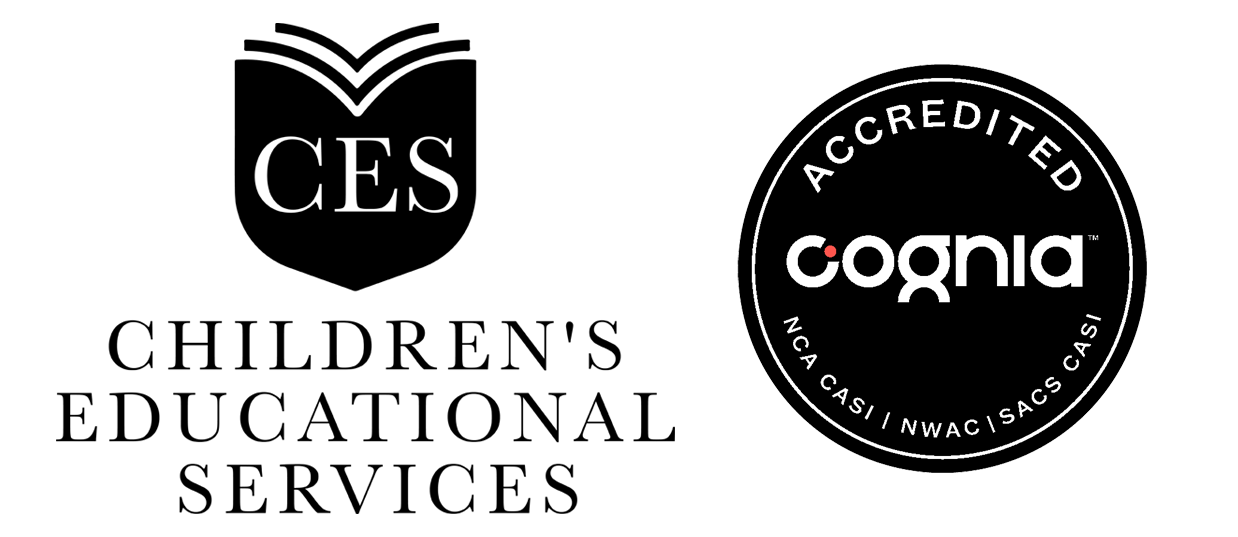Making sure your child ends up with an Individualized Education Program (IEP) that meets his or her needs now and for the future can be one of the most challenging parts of parenting a child with a learning disability (LD). Here are some things I have learned through the years that have helped me get what my children need in their IEPs.
- I learned as much as I could about my children’s rights through the internet, books at the library and support groups. There are a wealth of support groups on-line. You can find one right for you. Knowledge is power and helped me be on an even playing field with the school.
- Prior to any IEP meeting I always requested a draft version of the IEP five days in advance so I would have time to read it and have a professional (physician, neurologist, advocate, attorney) review it as well prior to the IEP meeting. This allowed more time for discussion at the meeting versus wasting time reading the IEP at the meeting. It also helped me to be ready to discuss items that were effectively included on the IEP and those that were missing.
- I also asked for drafts of any evaluations the school gave my child. Again, requesting these five days in advance of any meeting gave me ample time to go over the results with any professionals I deemed necessary.
- I established a rule never to sign the IEP at the meeting—I needed the chance to take it home to look at it “one more time.” In every IEP meeting there are always changes based on discussions, information from other teachers, etc. I’ve found that it’s not uncommon for something to be listed incorrectly, missing or just plain misunderstood, so I’ve often been glad that I took the opportunity to look at the IEP later with “fresh eyes.” The school can have everyone sign the IEP and give me a draft version without the last page. Once I was satisfied with it, I would return it with the last page signed and then get a final copy of the official IEP to take with me.
- I send certified letters of request on important issues (specific items promised or discussed, requests for evaluations and sometimes, for follow-up). This way I am sure the school received it and there is a paper trail if I need it. The school never treated this as adversarial.
- I have requested letters from professionals who have worked with my children (math, speech, and reading tutors, etc.) and asked them to come to IEP meetings in person on various occasions. Because they are LD professionals, they can “speak the same language” as the teachers and often get their point across regarding my children better than I can. Be prepared to pay for these people to come in person—but, it is often less expensive than hiring an attorney and may come across as less adversarial.
- I always bring a good digital tape recorder to the meeting. I let the IEP team know in advance that I am bringing one. When I don’t have to worry about taking notes, I can participate more actively in the meeting. Having all meeting proceedings on tape makes it clear what everyone said and makes sure all parties are accountable for any statements they make.
- At the beginning of every school year, I set up an informal meeting with my child’s teacher on the first day the teachers are in the classroom (before students start the year). I bring my child and several copies of his IEP. I have found that many teachers never get a copy of the IEP and don’t know what supports, modifications, and accommodations are required for my child. If the proper supports are not in place initially, my child’s behavior may suffer and then the teacher has a bad first impression of my child—and that doesn’t set the right tone for a positive year. When we all sit down for just a few minutes and discuss some items of particular importance and give them a chance to review the IEP before school starts, they know what is going on with my child and what to expect (and they’re usually grateful for this!). This allows for a positive start to the school year. If I cannot meet with the teachers for some reason I give copies of the IEP to the school secretary request that a copy be put in each teacher’s mailbox with a note attached. I follow-up with a phone call or email.
- I’ve learned to always be polite, but never to be afraid of standing up for what I know my children deserve. Some parents may worry that they will be labeled as “the difficult parent” and that this may result in unfair treatment of their child at school. I’ve never found this to be true: what happened at the IEP meetings stayed in the meetings and was never taken out on my children.
- Anytime I had concerns about my child’s progress or the school’s implementation of the IEP, I would not hesitate to request an IEP meeting. I would send a certified letter to the principal or special education director and explain why we should meet and what dates and times would work. They always responded, and we would meet and get any issues resolved before they got worse. This was of great benefit to my children. Some parents think IEP meetings happen only once a year—but they can be set up anytime it is necessary.
I hope that some of these ideas are helpful to you. They worked well for me most of the time. Nothing is foolproof and nothing is perfect, but these strategies helped me to do the best I could for my children by being a strong advocate for them.


